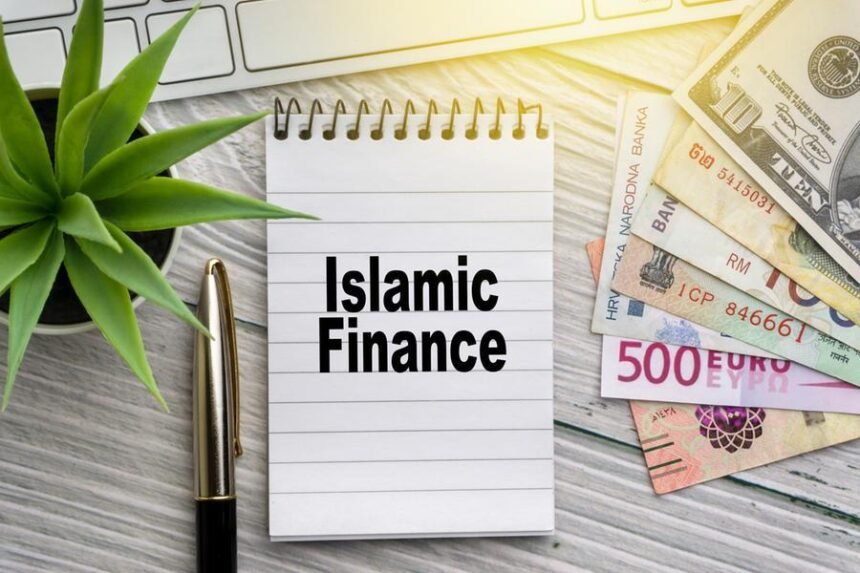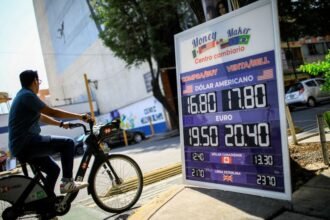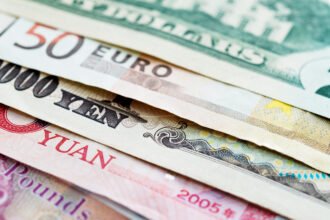Global sukuk issuance declined by nearly 15 per cent in the first half of 2025, reaching $101.3 billion, down from $119bn in mid-2024, primarily driven by a fall in local currency issuances in core Islamic finance countries, S&P Global Ratings said in a report yesterday.
The agency anticipates local currency issuance to remain subdued for the rest of the year, reflecting liquidity conditions in some core markets and reduced financing needs due to strong fiscal performance in others.
Local currency-denominated sukuk issuances plummeted to $59.8bn by mid-2025, a significant drop from $81bn a year earlier. This decline was attributed to lower issuances in Malaysia, Saudi Arabia, Qatar, and the UAE.
In Saudi Arabia, the drop was mainly due to lower government issuances, with banks channelling liquidity into financing Vision 2030 initiatives. Malaysia also saw a lower volume of issuance as the central bank reduced issuances and eased reserve requirements to inject liquidity.
Conversely, foreign currency-denominated sukuk issuance increased by 9pc to $41.4bn in the first half of 2025, up from $38bn in 2024. This growth was underpinned by strong activity in the UAE, Bahrain and Kuwait, despite volatility in international capital markets following proposed US government tariffs and slower-than-expected monetary easing. Significant financing needs in core Islamic finance countries, driven by lower oil prices and fiscal deficits, supported these issuances.
S&P Global Ratings maintains its projection of $70bn to $80bn in foreign currency-denominated sukuk issuance for the full year 2025, aided by the US Federal Reserve’s expected interest rate cuts of 50 basis points in the last quarter of 2025.
While Saudi Arabia saw a small decline in foreign currency issuance, its issuers still contributed 38.9pc of the market volume, largely from banks supporting Vision 2030 initiatives.
Similarly, in the UAE, banks and corporates tapped the market to finance growth amid a supportive economy.
In Malaysia, the International Islamic Liquidity Management Corporation continued to provide much-needed liquidity management instruments, contributing to the bulk of the country’s foreign currency issuances.
The report indicates that geopolitical risks are not expected to significantly impact the overall volume of sukuk issuance. S&P’s base case assumes no protracted, full-scale regional war in the Middle East, suggesting that resilient foreign currency issuance trends observed in the first half will continue. Sukuk will remain a key financing tool for core Islamic countries heavily reliant on oil revenue. S&P assumes oil prices will average $60 for the remainder of 2025 and $65 for 2026, with market oversupply continuing to outweigh demand from 2025.
Sustainable sukuk issuance experienced robust growth, increasing by 27pc to $9.3bn in the first half of 2025, up from $7.4bn in 2024. Banks, including the Islamic Development Bank (IDB), accounted for almost 50pc of this performance, with Saudi Arabian issuers contributing more than 60pc. S&P Global Ratings has slightly revised its full-year forecast for sustainable sukuk issuance upward to $14bn to $16bn.
The Accounting and Auditing Organisation for Islamic Financial Institutions (AAOIFI), a Bahrain-based standard-setting body, is currently amending its proposed Standard 62 after industry comments. The timeline and potential changes remain uncertain, which may reduce the urgency for issuers to issue prior to the standard’s adoption as the disruption is no longer perceived as imminent.
Copyright 2022 Al Hilal Publishing and Marketing Group Provided by SyndiGate Media Inc. (Syndigate.info).




















